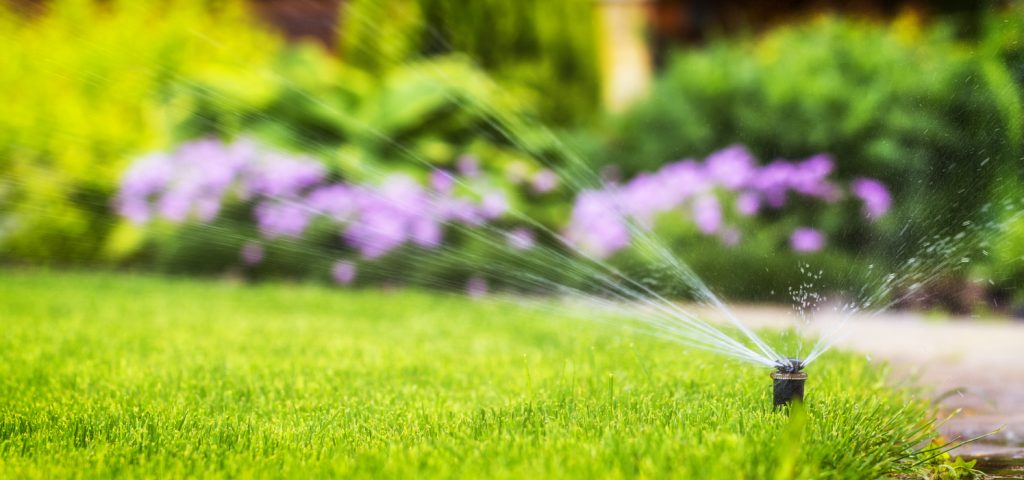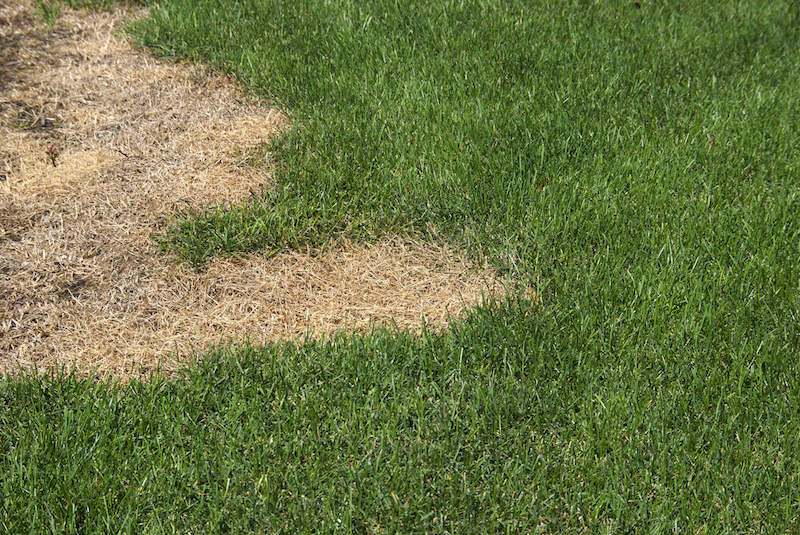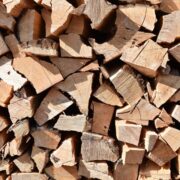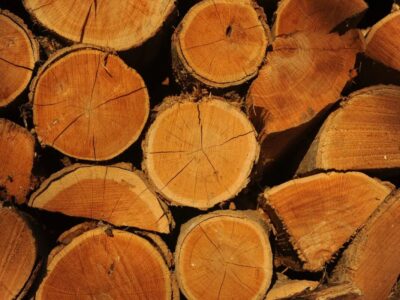A beautiful lawn or a backyard has a soft grassy look, not just the plants and trees, but also the shrubs, but the entire landscape is covered in green.
However, just like trees and the bushes need trimming, the grass in the backyard and lawn needs mowing too regularly. Otherwise, the overwhelming growth of the grass, after some time, will make the whole lawn appear messy.
That is not it; the grass’s overgrowth also provides shelters to many crawlers, insects that are poisonous, snakes, and such. That is why it becomes dangerous for anyone walking over it, especially for the kids and pets.
Therefore, moving the grass has safety benefits, but the health benefits for the grass and the lawn and the hard, beautiful look it results in for the whole backyard.
Now, mowing cannot be done just about anytime one feels like. It should not be done too soon; else, the grass will not even grow enough time. Furthermore, mowing too late, and the job will be as tedious as it can be.
So, here are some things to know before mowing the lawn and to throw light on how much time one should wait after planting the grass seeds before mowing that grass.
The Grass Takes Time to Grow
On average, it takes about five days to somewhere around a month to see any signs of grass. This depends on the soil fertility, the watering routine, amount of water given, sunlight, and the quality and type of the seed sown. Some seeds sprout earlier and some a little late even when sown together.
This means it is nothing to be sad about if the grass does not show growing symptoms for a week or two or even more after the seeds have been sown. Could you wait for some time and let it grow? The brown land, the barren look, will eventually go away. The lawn will be covered in that lush green look that is desired.
Do use some high-quality fertilizers and manures for the grass, and water it regularly. Patience is the key in the end.
Watering the Lawn: When and How Much

Grass requires plenty of water to retain ample moisture to grow the best. However, too much and too frequently can spoil things just as much as too little and infrequently.
The seeds need to stay moist till they germinate after spreading them on the lawn. Prevent drying of the seeds, as they will die otherwise. To do that, water the soil at least that much, which gets the soil moist one inch deep. Do that two times a day, every day. However, if the soil shows signs of drying out, water it then. The color of the soil is the best indicator of that.
In some time, one can understand the routine of how long to water till the whole lawn is wet enough and how frequently it is to be done. Once the seeds sprout and the grass establishes their roots, they will retain the soil and the moisture for longer.
During those times also, watering the grass twice a day would be the best in most cases. Just remember not to flood the lawn, it will damage not just the grass but also other plants.
Let the Patches Fill In

There are times when patches of barren areas can be seen on the lawn. It is crucial to wait for a little to see if there is any growth there or it is entirely barren. Mowing before filling that patch can prevent the lawn from looking it best and green.
If the patch remains for more than a week after there is growth in most areas, add some more seeds and fertilizer in the area, water it properly, and observe it for growth. It will fill out eventually.
Once the patch has grass, the mowing can be done to have that ‘even’ grass height.
How Long Should the Grass Be?

If someone thought that watering the grass and letting it grow naturally is enough for a very healthy lawn, then they are in the dark. Grass requires strong roots and proper sunlight to grow the best.
The length of the grass also determines the depth and health of the roots. The roots hold the grass down and keep the soil intact, which prevents soil erosion as well. Therefore, if the grass is mowed too soon, the roots will not have been strong enough, and the grass will die. Early mowing will also prevent the new grass from growing properly.
The grass should be approximately 3 inches tall. That is the best height it can have.
So once the grass grows taller than 3 inches, to anywhere between 4 to 7 inches or taller (any longer and one should think about what they were doing all that time), it is time to mow down that lawn.
Do not mow the lawn even if it is two and a half inches tall. Let it grow at least three and a half inches tall before mowing or even thinking about mowing it down.
Remember to check the lawn mower’s height to make sure it is not too low or high.
Some Technique to Mow the Best
Here are some ways to mow the lawn with the highest efficiency and excellent results:
- Make sure the blade of the lawnmower is sharp To have a sharp blade all the time, follow a simple rule- sharpen it after using the mowing machine for every 20 hours of overall work. Usually, the blade starts to lose its edge after that much work. Using a dull blade for mowing will slow down things a lot and make the task more difficult.
- Take your time. When mowing, walk with patience, gradually, to ensure the blades get enough time to cut the grass properly. Very similar to what one does with their beard.
- Turn slowly as well. Turning too fast to right or left or any direction that is not linear can cause the grass to rip. This is because the young grass is not all firmly attached to the soil to withstand too much of a pull.
- Mow when the lawn is not wet. Mow the lawn when it is dry. That is because dry grass will cut easily. Wet grass blades can at times get bent or slip through the blades. When the grass is dry, they go right into the blades and get trimmed, just the way one wants.
- Mow it down to three inches tall. This will keep the lawn healthy.
- Let some of the mowed down grass clips stay there. Nature works in beautiful ways, where everything is recycled. So is the case with this. The leftover clippings of the mowed down grass will provide nutrition to the soil. However, do not do this if the grass had seeded in them. In that case, it would be best to get rid of them; else, the lawn will face overgrowth of grass due to re-seeding from the clippings.










Comments